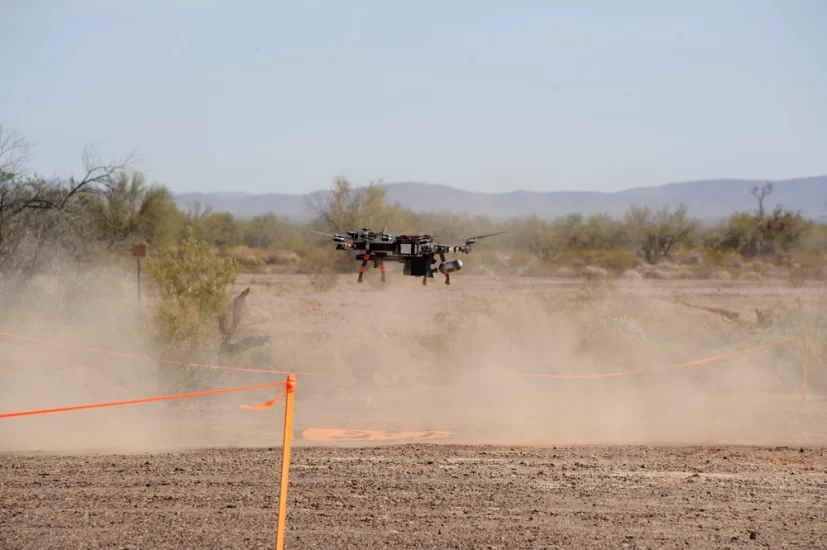The Joint Counter-small Unmanned Aircraft Systems (C-sUAS) Office (JCO) is seeking information from industry to inform its next demonstration, in or around March 2025. Industry’s responses to the Request for Information will enable the JCO to refine the requirements of the demonstration and better understand availability of technology to target proper dates to execute the demonstration.
The JCO is interested to understand industry’s C-sUAS capabilities that can operate in a contested electromagnetic environment. The JCO intends to focus the FY25 Demonstration 6 within two topic areas:
- Group 3 short range defeat: Systems used to detect, track, identify, and defeat (DTID) Group 3 UAS within 2km slant range from the C-sUAS platform. The JCO is specifically interested in small arms munitions at or below 40mm and kinetic interceptor effectors.
- Groups 1 and 2 dismounted DTID: Systems used by dismounted forces to detect, track, identify, and/or defeat Group 1-2 UAS. This includes handheld weapons, personal weapon affixable systems such as enhanced optics and warfighter wearable systems.
The C-sUAS capabilities that meet the description above must be able to successfully operate in a contested electromagnetic environment within the frequency ranges of 30 MHz – 20,000 MHz. Ultimately, the sensor systems must effectively operate while being actively interfered with or targeted by adversary jamming systems or experiencing other electromagnetic interference. The sensor systems must then accurately cue effector systems that are impacted by the contested electromagnetic environment. Finally, the effector systems then must effectively defeat, deny, or degrade threat UAS within this contested environment.
The RFI notes that methods to enable system resiliency and successful operation within a contested electromagnetic environment may include but are not limited to the following: incorporating low probability of detect, low probability of intercept, adaptive beamforming, frequency hop, and other means to manoeuvre across the EMS.
The C-sUAS platforms must have the ability to understand they are being impacted within the EMS and autonomously manoeuvre elsewhere within the EMS or enact other resiliency measures to enable functionality, continued operation, and successful mission performance.
Written responses from small and large companies are invited by August 6, 2024.
For more information
JCO contract opportunity on SAM.gov
Image: An earlier C-sUAS demonstration held at the Yuma Proving Ground (US Army photo by Mark Schauer).




